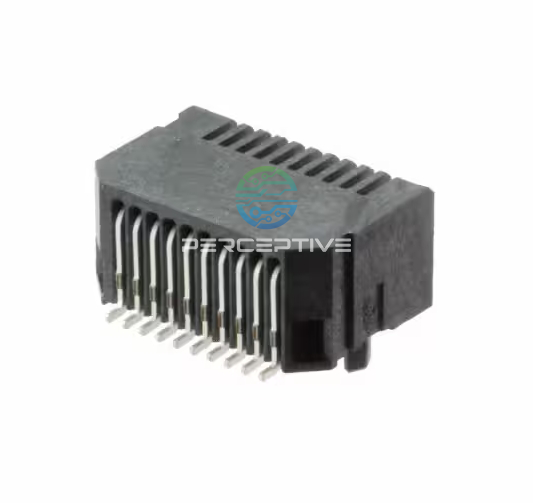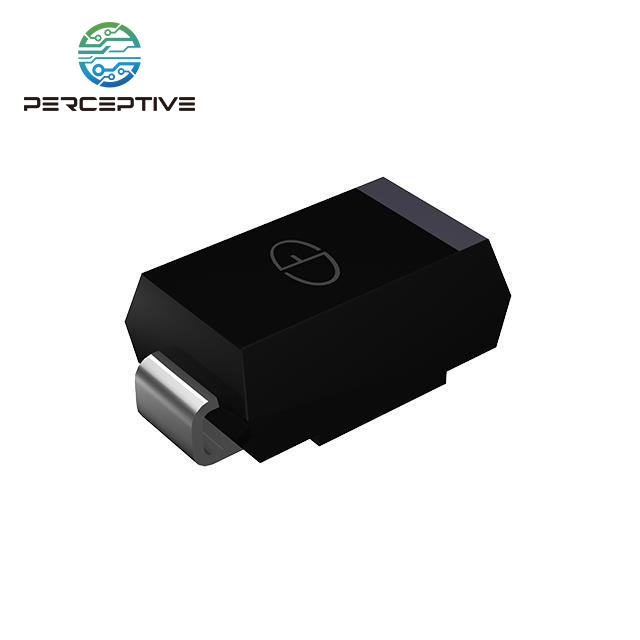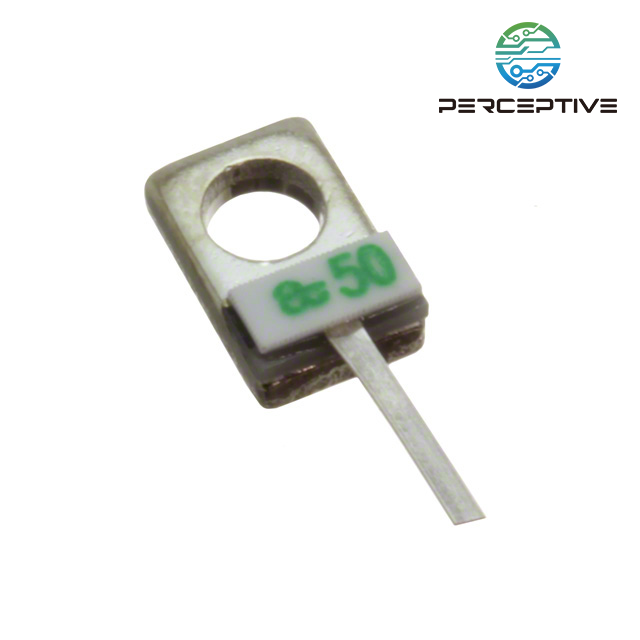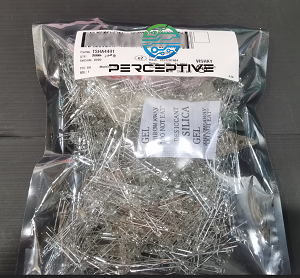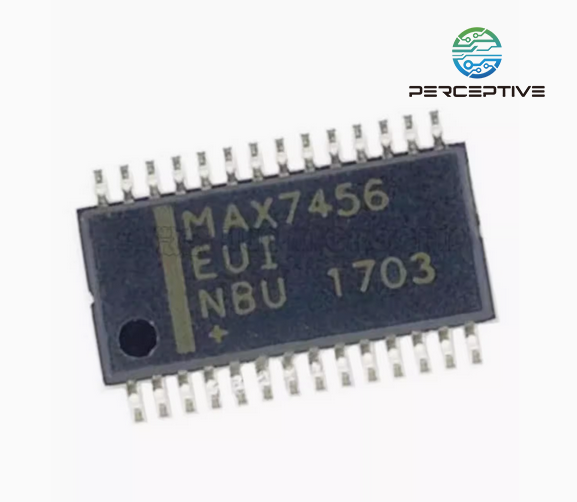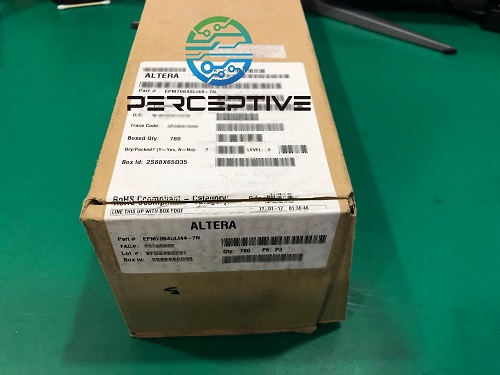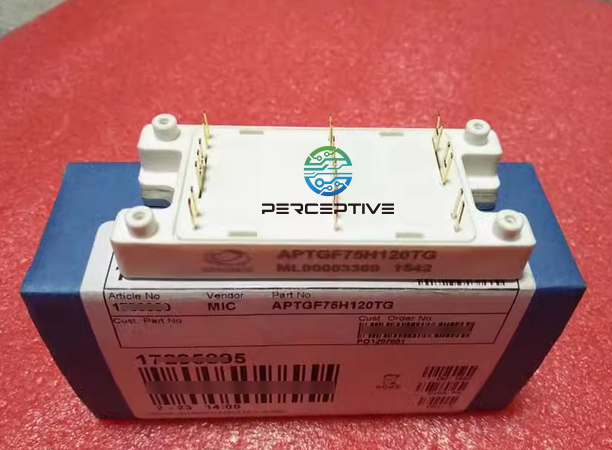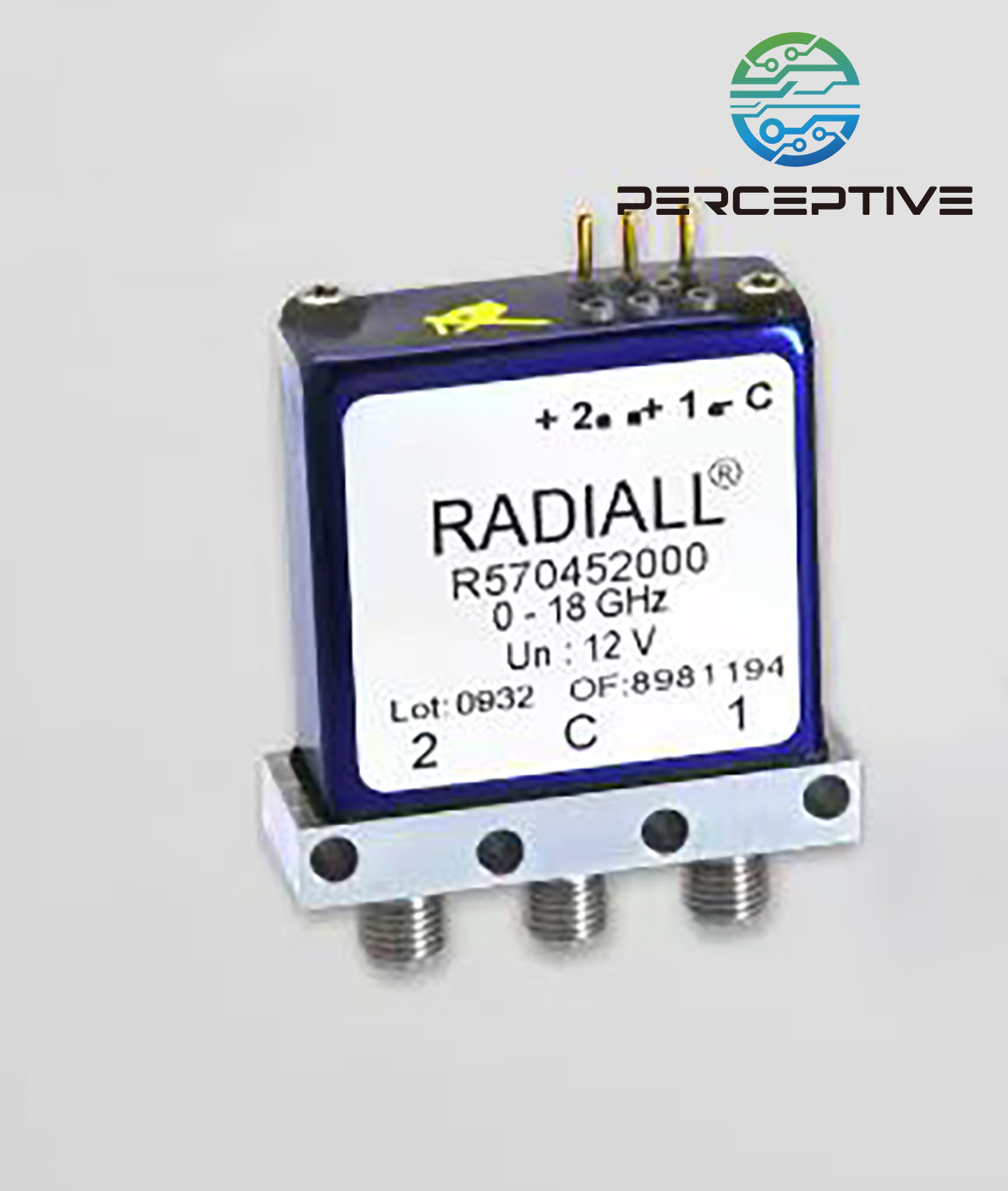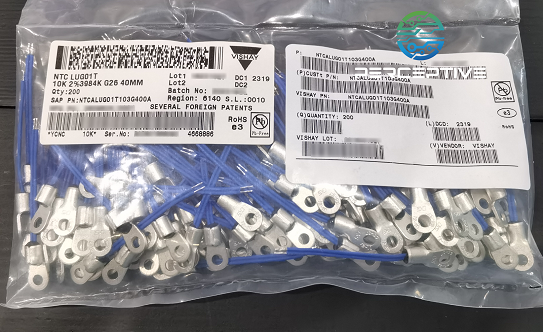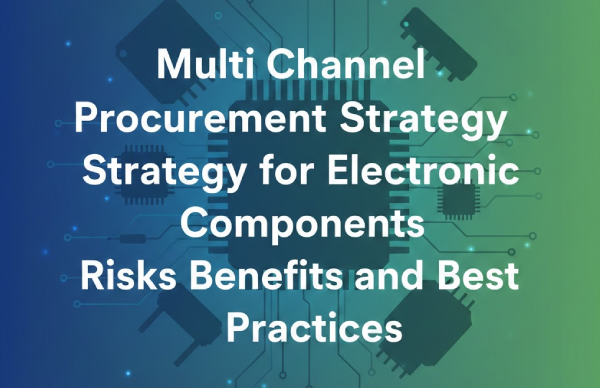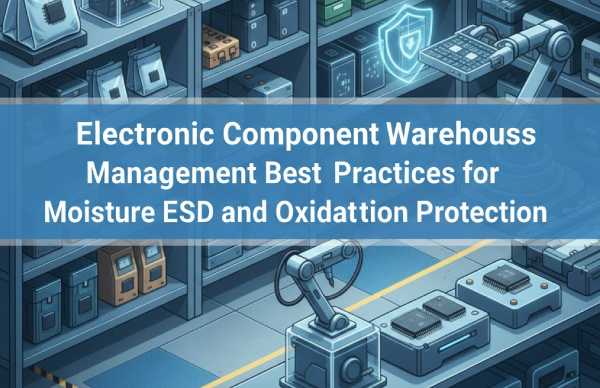In the electronics supply chain, choosing a reliable electronic component supplier is as important as selecting the right components. A supplier's financial stability and reputation directly influence continuity of supply, product authenticity, and long-term cost efficiency. When procurement teams overlook this due diligence, the consequences can include counterfeit parts, shipment delays, compliance risks, and even production shutdowns. To safeguard your operations, it is critical to develop a structured approach to evaluating suppliers' financial health and credibility.
1. Start With Transparent Documentation
The first step in supplier qualification is requesting clear and verifiable documentation. A trustworthy supplier should be able to provide:
Financial statements covering at least the past three years. Even if audited accounts are not available, management accounts or balance sheets are useful for initial review.
Customer and bank references that confirm timely payment records and ongoing business relationships.
Certification records, such as ISO 9001, IATF 16949 (for automotive suppliers), or manufacturer authorization letters, which prove they are approved distributors rather than unauthorized brokers.
Reluctance to provide basic documentation should be treated as a warning sign.
2. Key Financial Ratios to Review
Procurement professionals do not need to be accountants to evaluate financial strength. A few fundamental ratios can reveal a great deal:
Liquidity (Current Ratio and Quick Ratio): Ratios below 1 may suggest the supplier struggles to cover short-term obligations.
Cash Flow Analysis: Consistent positive operating cash flow is healthier than paper profits without liquidity.
Working Capital Indicators: Metrics such as days payable outstanding (DPO) and inventory turnover highlight whether a supplier pays its vendors on time or holds excess, potentially obsolete, stock.
Comparing these ratios to industry benchmarks allows buyers to differentiate between strong and weak financial performers.
3. Leverage Business Credit Reports and Monitoring
Third-party credit agencies provide consolidated reports covering payment behavior, financial ratings, and corporate structures. Many platforms also offer monitoring services that alert you to sudden changes in a supplier's financial health. Investing in such reports is particularly valuable when sourcing high-volume or mission-critical components.
4. Screen for Reputation and Compliance Risks
Reputation extends beyond financial performance. Online searches, trade forums, and industry databases often reveal customer complaints, disputes, or litigation records. For global sourcing, it is also vital to check whether the supplier appears on sanctions or restricted party lists maintained by agencies such as the U.S. Office of Foreign Assets Control (OFAC) or the European Union. Non-compliance can lead to legal liabilities and supply chain disruptions.
5. Electronics-Specific: Counterfeit Prevention
Counterfeit electronic components remain a persistent industry threat. To mitigate risks:
Verify that the supplier has direct authorization from the original manufacturer.
Request complete traceability, including lot numbers, date codes, and packaging information.
Use third-party verification services or testing labs when dealing with high-value or sensitive components.
A reliable supplier should be transparent about sourcing channels and willing to provide supporting evidence of authenticity.
6. Recognize Common Red Flags
Practical experience suggests several recurring warning signs:
Unwillingness to share financials or certifications.
Prices significantly lower than market average.
Frequent changes in company name, registration, or ownership.
Requests for unusually high upfront payments to unfamiliar bank accounts.
When these signs appear, buyers should slow down the engagement process and apply stricter controls before proceeding.
7. Mitigate Risk Through Contract and Payment Structures
Even after thorough vetting, procurement teams should use contractual and financial tools to reduce risk. Options include:
Letters of Credit (L/C): Ensure payment is only released when shipment conditions are met.
Staged Payments: Align payment schedules with delivery milestones.
Supplier Diversification: Avoid relying entirely on a single source for critical parts.
These measures provide added protection in case a supplier's financial stability weakens unexpectedly.
8. Create a Repeatable Supplier Evaluation Process
For efficiency, many organizations create a standardized supplier scorecard that combines financial ratios, compliance checks, reputation scores, and counterfeit prevention measures. A quick screening checklist might include:
Verify corporate registration and request three years of financial statements.
Order a credit report for payment history and risk ratings.
Confirm manufacturer authorization and check industry watchlists for counterfeit alerts.
Conduct sanctions screening on the company and its ownership.
Escalate any anomalies for further review before approving purchases.
Conclusion
In the fast-moving electronics industry, supplier failures can disrupt production lines and damage customer trust. Assessing financial health and reputation is not an optional exercise but a core element of supply chain risk management. By combining financial analysis, credit reporting, compliance screening, and counterfeit prevention practices, procurement teams can significantly reduce uncertainty. The additional effort required at the evaluation stage is minimal compared to the potential costs of shipment delays, counterfeit parts, or supply chain collapse. For electronic component buyers, a structured due diligence process transforms supplier selection from guesswork into a strategic advantage.

